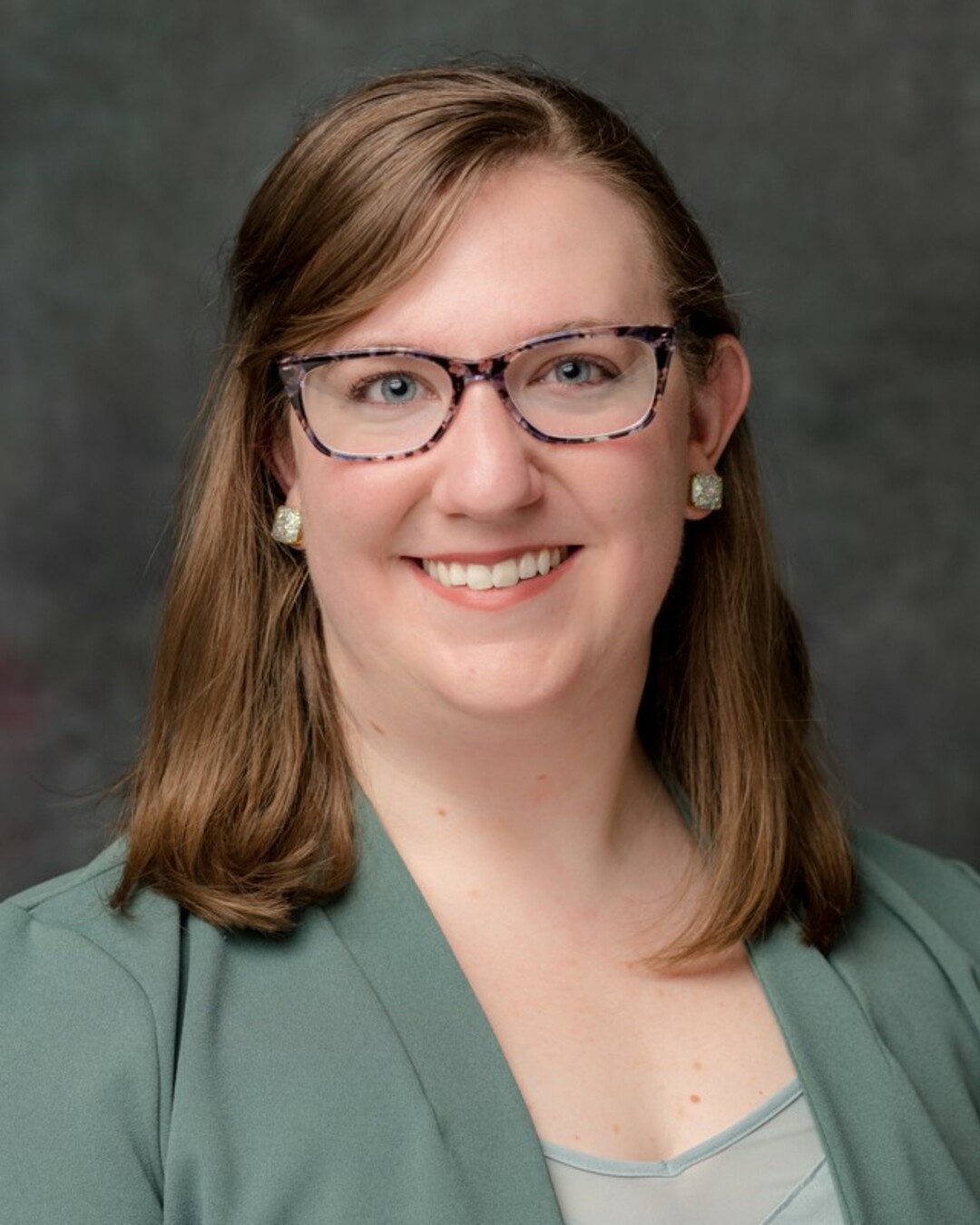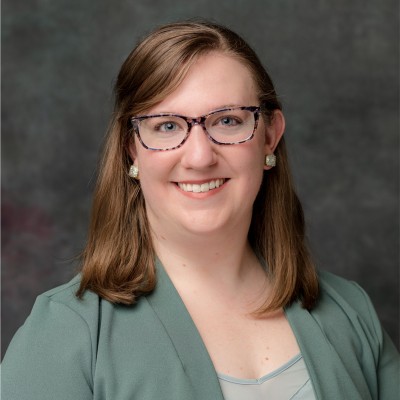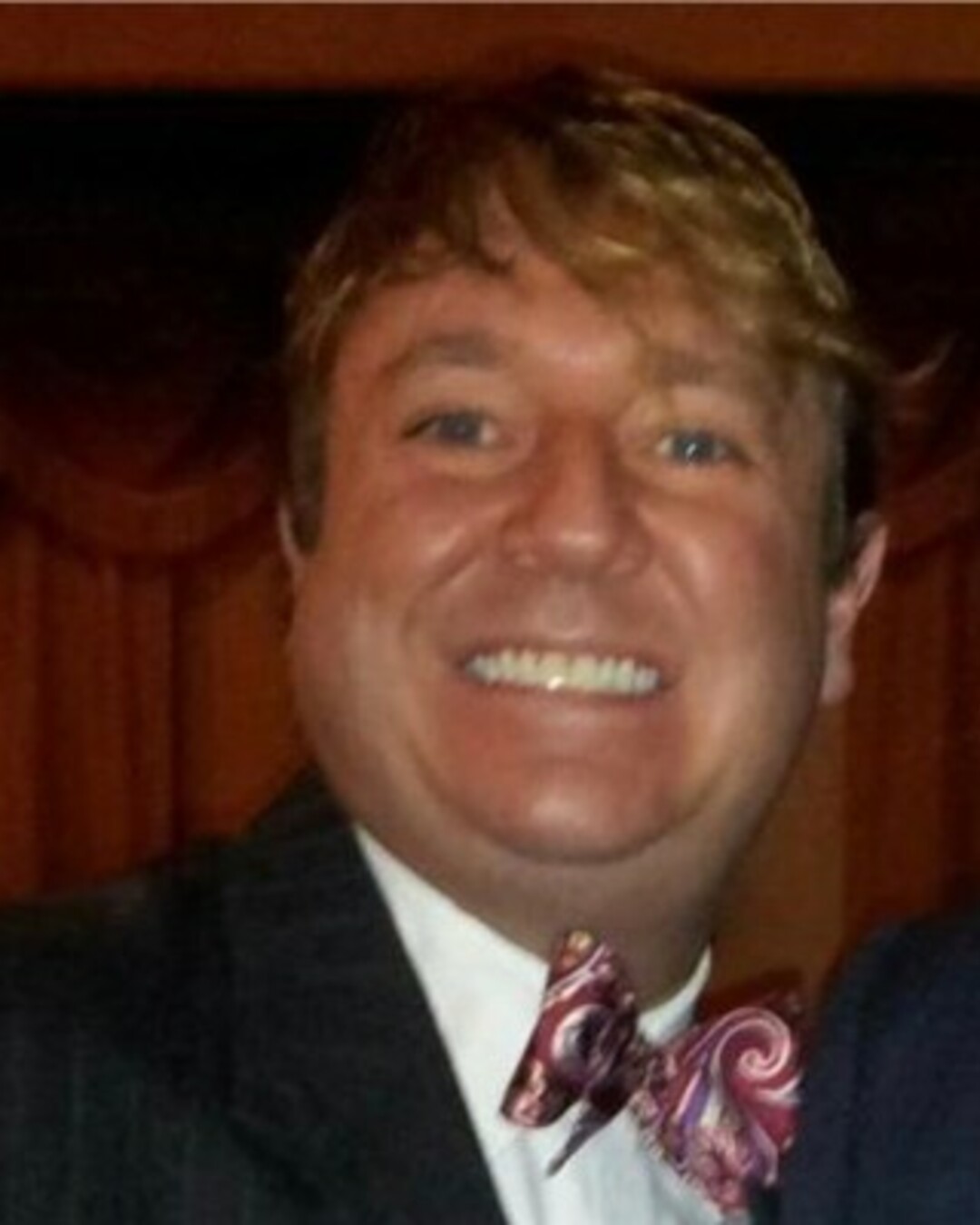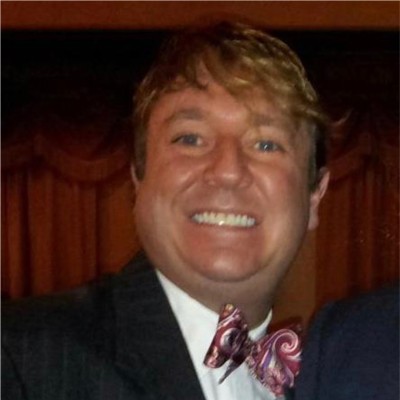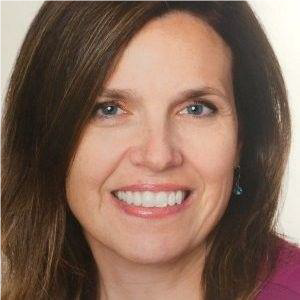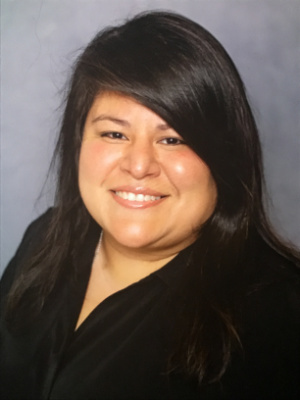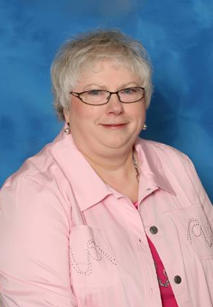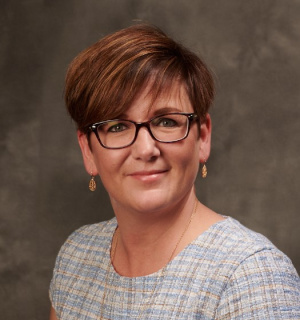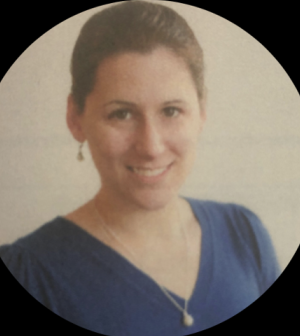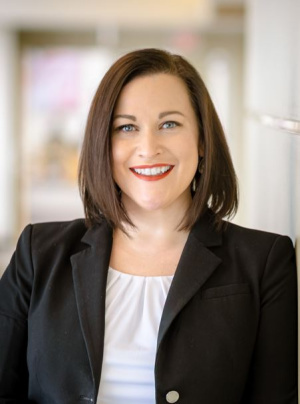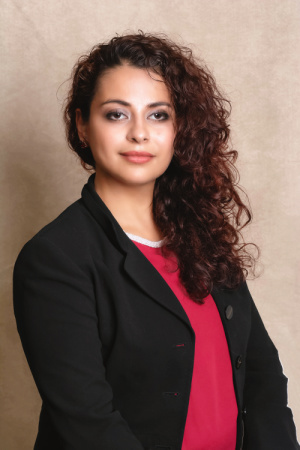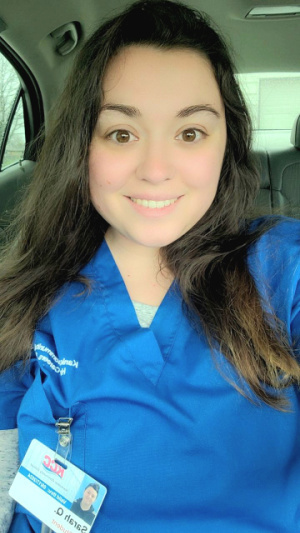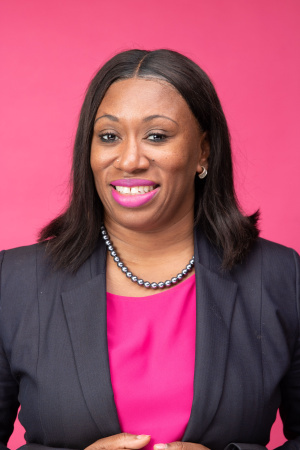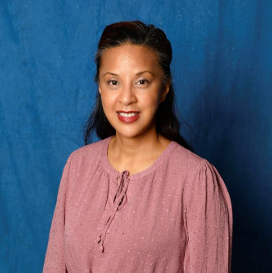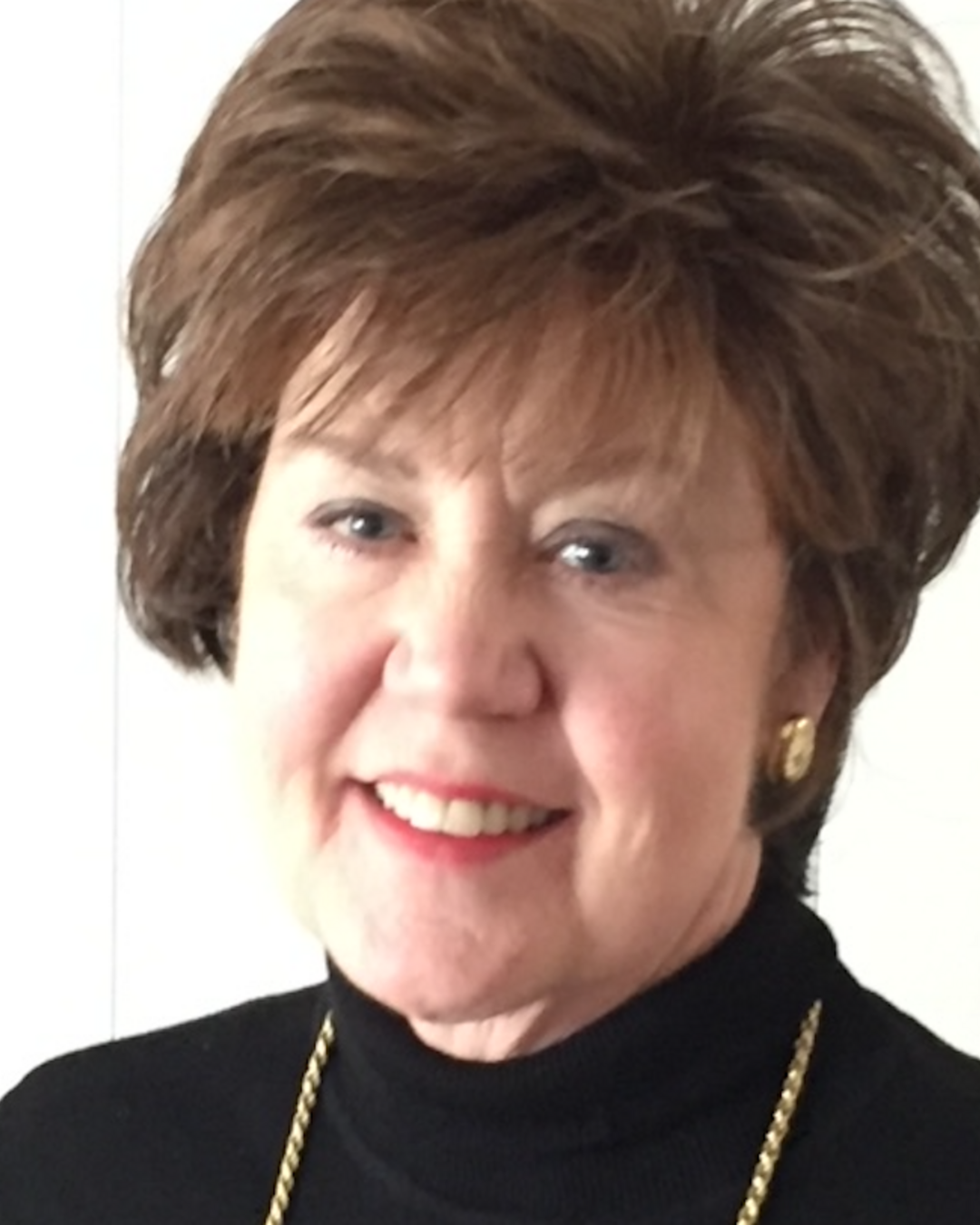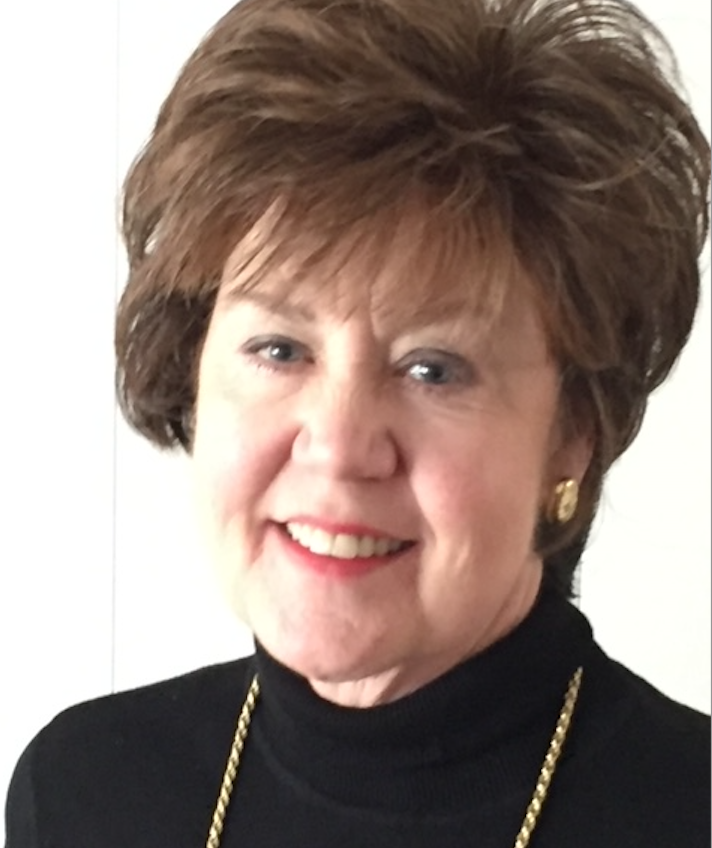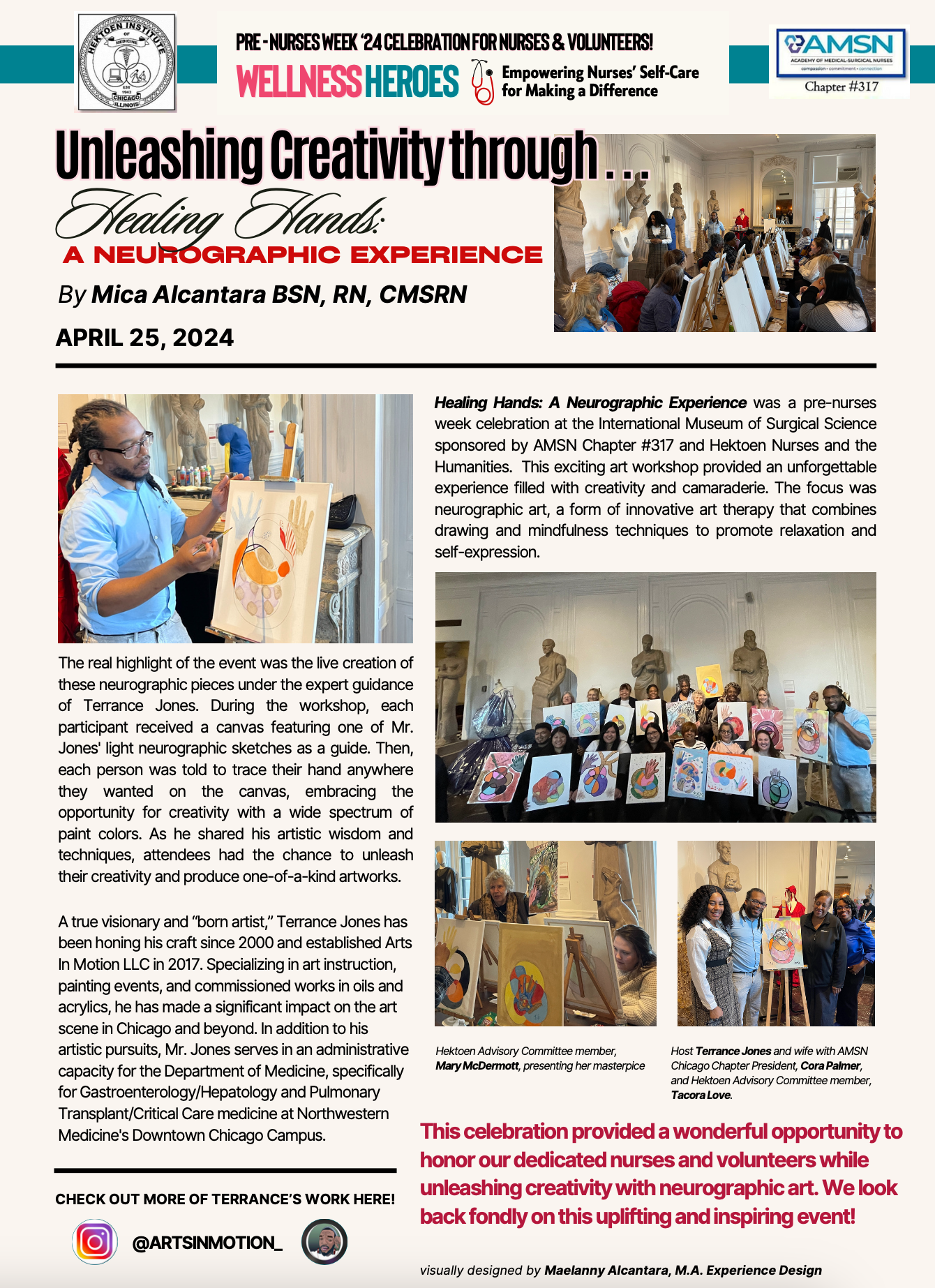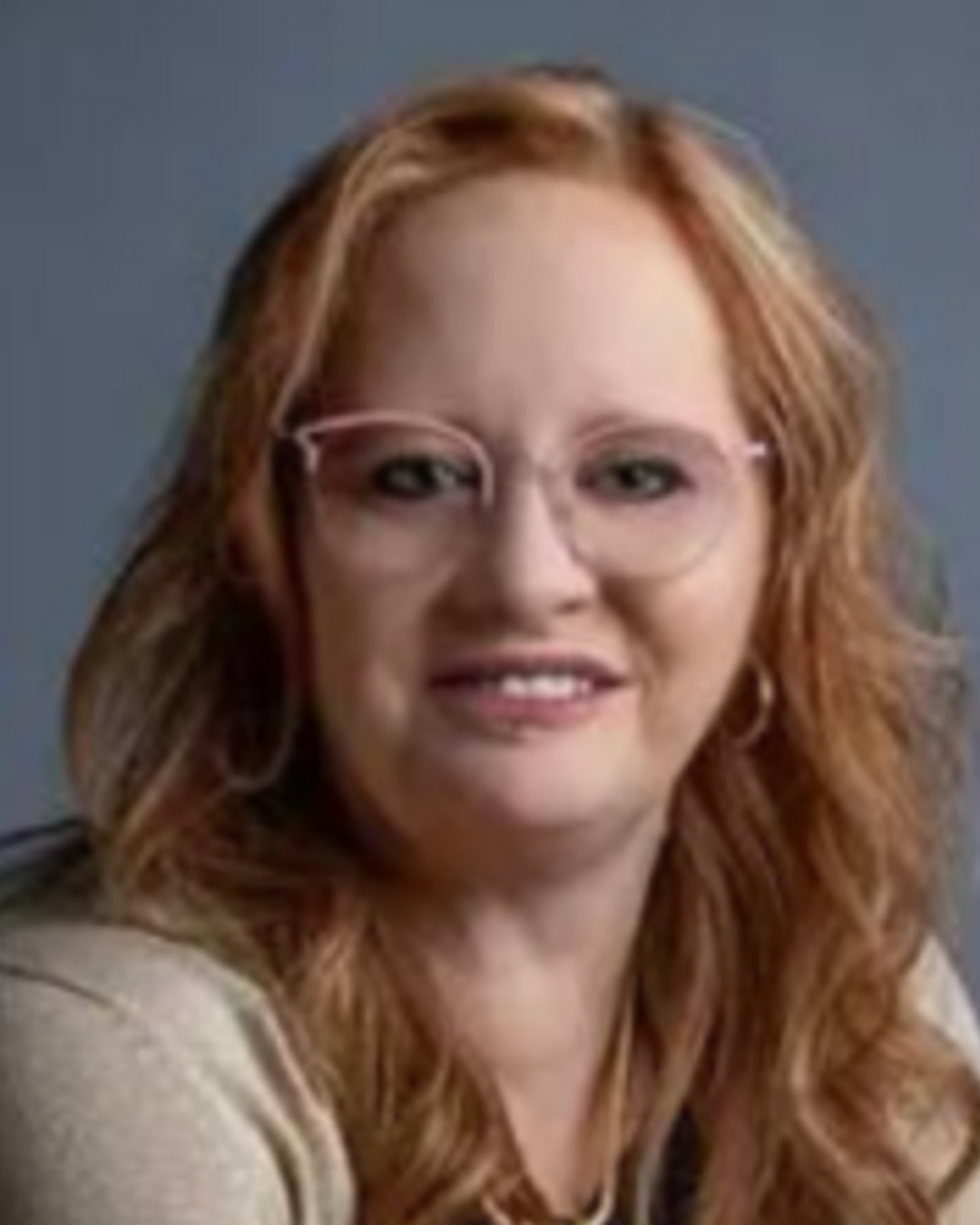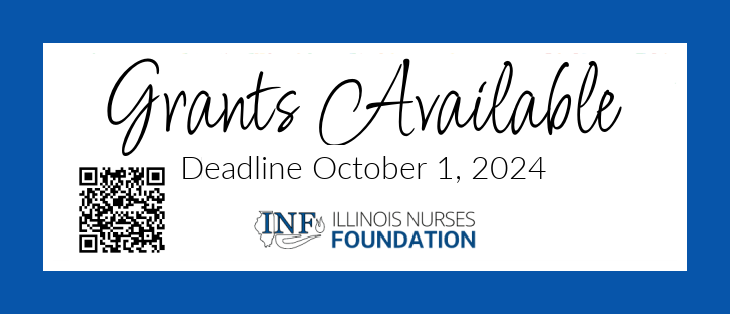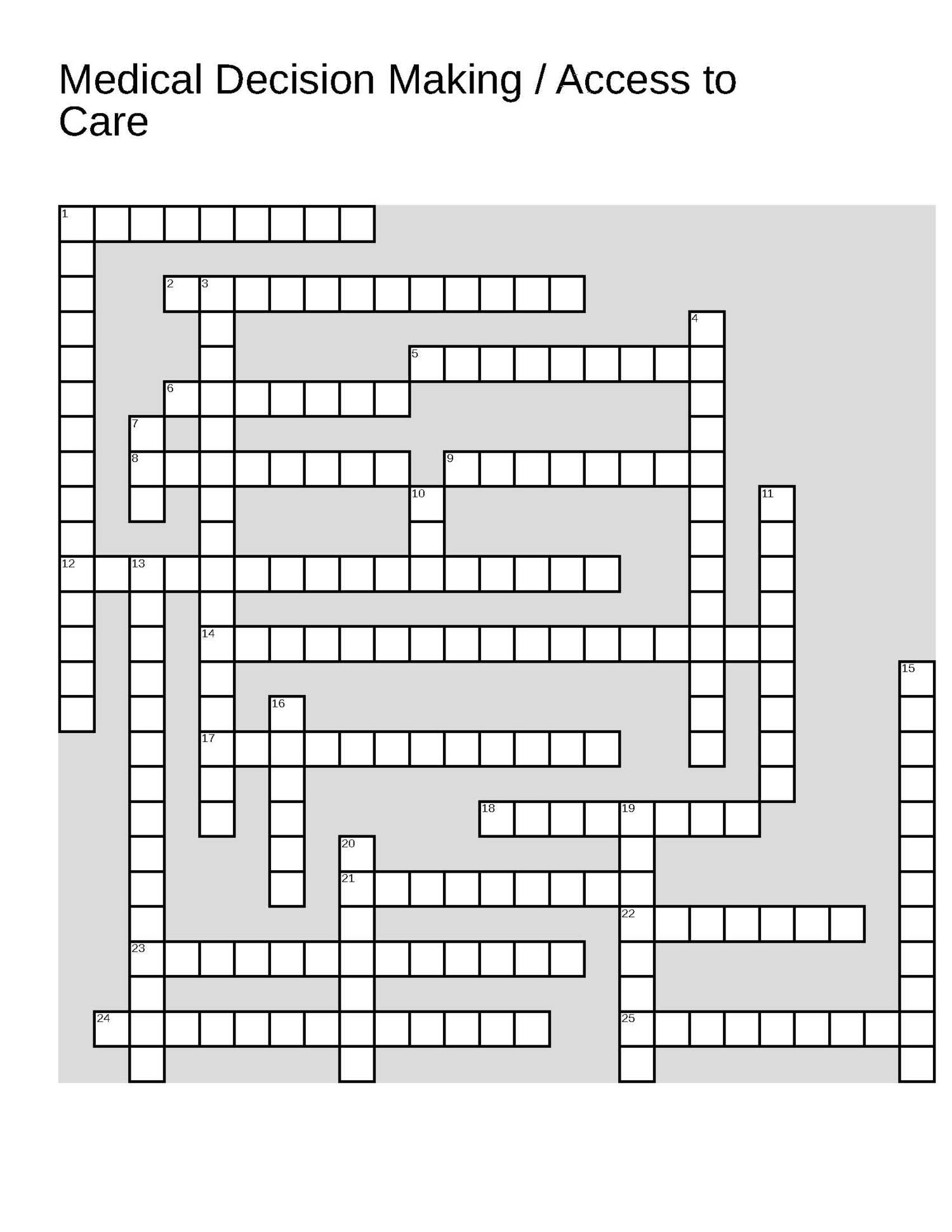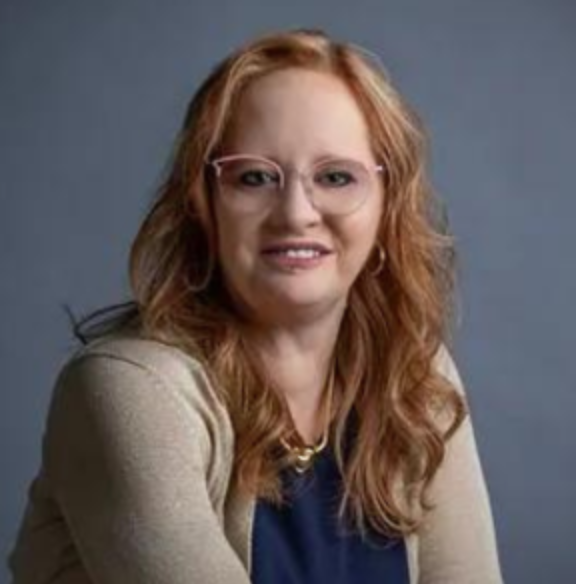
In the landscape of healthcare, nurses occupy a pivotal position, not only as caregivers but also as crucial advocates for health policy reform. Their patient care experience, regardless of setting, grants them a unique perspective on the healthcare needs and challenges faced by the public, making their voice essential in the development and implementation of health policies at both state and national levels. This article delves into the role of nurses in advocating for public policy, the strategies they employ, the challenges they face, and the impact of their advocacy on healthcare.
Understanding the Role of Nurses in Policy Advocacy
Nurses, by virtue of their profession, are inherently advocates for their patients. Their advocacy transcends individual patient care, extending into the broader realm of health policy, where they work towards shaping policies that promote the health and well-being of the general public. At the state and national levels, nurses contribute their expertise to inform policy decisions that affect health care delivery, access, and quality. They serve on advisory boards, participate in legislative committees, and work with professional associations to advocate for policy changes that align with the best interests of patients and the healthcare system.
Strategies for Effective Advocacy
Nurses employ various strategies to influence health policy effectively. These include education and awareness, collaboration, public engagement, and political involvement.
Education and Awareness
Nurses utilize their firsthand experience to educate policymakers on the impacts of health policies on patient care and outcomes. For example, a nurse working in a pediatric unit could share insights with local legislators about the challenges families face due to lack of access to affordable healthcare. By presenting data on increased hospital readmissions or delayed treatments, nurses can illustrate the tangible effects of policy decisions on community health. Additionally, nurses might contribute to policy briefs or white papers that detail the benefits of proposed health legislation, such as expanding Medicaid coverage, based on evidence and their clinical observations.
Collaboration
Through their involvement with professional organizations like the ANA and state nurses’ associations like ANA Illinois or specialty organizations such as Emergency Nurses’ Association (ENA) or Case Management Society of America (CMSA), nurses can participate in larger advocacy campaigns. An example of this collaboration might be the development of a national campaign to address the nursing shortage. By pooling resources and expertise, these organizations can conduct research, publish findings, and present unified policy recommendations to lawmakers. Nurses can contribute by participating in surveys, sharing their experiences, and helping to draft policy statements that reflect the needs and challenges of the profession.
Public Engagement
Nurses engage in various activities to raise public awareness about health issues. For example, a nurse specializing in diabetes care might organize community workshops to educate the public about diabetes prevention and management, advocating for policies that support nutritional education and physical activity programs in schools. Similarly, nurses can use social media platforms to discuss the importance of vaccinations, debunking myths, and encouraging public support for vaccination policies. Public speaking engagements, such as at school boards or community centers, allow nurses to directly address concerns, share knowledge, and advocate for health policy changes that benefit the community.
Political Involvement
Nurses' involvement in the political process is crucial for advancing health policy. For instance, a nurse with experience in mental health services might support a candidate who prioritizes mental health reform, or they might volunteer to help with a campaign focused on improving mental health resources. Some nurses take their advocacy a step further by running for local, state, or national office, aiming to directly influence policy from within the political system. By holding office, nurses can more effectively champion health policy initiatives, introduce legislation, and work with colleagues to ensure that health policies are informed by clinical expertise and evidence-based practices.
Challenges in Policy Advocacy
Despite our critical role, we face several challenges in advocating for policy changes.
Limited Time and Resources: Given their primary commitment to patient care, nurses often find it challenging to allocate time and resources to policy advocacy efforts.
For example; Sarah, a registered nurse working in a busy urban hospital, is passionate about advocating for policies that improve patient safety and healthcare quality. However, her demanding work schedule, which often includes overtime and night shifts, leaves her with little energy and time to engage in advocacy efforts outside of her clinical responsibilities. This time constraint limits her ability to stay informed about policy developments, participate in advocacy groups, or attend legislative hearings that typically occur during her working hours.
Potential Solution: Hospitals and healthcare organizations could support nursing staff interested in advocacy by offering flexible scheduling options or dedicated time off for policy engagement activities. Additionally, establishing partnerships with advocacy groups could provide nurses like Sarah with resources and opportunities to participate in advocacy efforts more efficiently, perhaps through virtual platforms that fit their schedules.
Lack of Policy Education
Navigating Political Dynamics: The political nature of policy advocacy can be daunting, requiring nurses to navigate complex legislative processes and partisan dynamics.
Example: Alex, a nurse practitioner, is keenly interested in influencing healthcare policy to better address the needs of the underserved populations he works with. However, he finds himself at a disadvantage because his nursing education provided limited exposure to health policy, making it difficult for him to understand how to effectively advocate for change or where to access reliable policy information and analysis.
Potential Solution: Nursing education programs can integrate health policy into their curricula, offering courses that cover the basics of health policy, the legislative process, and advocacy strategies. Professional organizations could also offer workshops, webinars, and continuing education courses focused on policy education and advocacy skills, making it easier for nurses like Alex to acquire the knowledge needed to be effective advocates.
Navigating Political Dynamics
Linda, a nurse with decades of experience in public health, decides to advocate for more comprehensive community health services in her state. She quickly encounters the challenge of navigating the complex and often polarized political environment, where health policy decisions are influenced by various stakeholders with competing interests. Linda struggles to find common ground among legislators who have preconceived notions about healthcare funding and priorities.
Potential Solution: Nurses can benefit from mentorship and training on political negotiation and building bipartisan support for health policy initiatives. Joining forces with experienced lobbyists or advocacy organizations that understand the intricacies of political dynamics can provide nurses with the strategies and support needed to navigate these challenges more effectively. Engaging in coalition building with other healthcare professionals and patient advocacy groups can also amplify their voice and impact in political discussions.
Impact of Nurse Advocacy
The impact of nurse advocacy on health policy is profound. Nurses have been instrumental in advancing significant health policy initiatives, such as the Affordable Care Act, patient safety legislation, and scope-of-practice laws. Their advocacy has led to increased access to healthcare, improved healthcare quality, and enhanced patient safety. Moreover, nurses' involvement in policy advocacy has elevated the nursing profession, highlighting the critical role nurses play in healthcare beyond direct patient care.
Case Study: Illinois Nurses and the Nurse Licensure Compact Advocacy
The Nurse Licensure Compact (NLC) represents a significant policy initiative aimed at allowing nurses to have one multistate license, enabling them to practice in their home state and other NLC member states without obtaining additional licenses. This case study focuses on the efforts by Illinois nurses to advocate for the state's participation in the NLC, highlighting the strategies used, challenges encountered, and the outcomes of these advocacy efforts.
The NLC offers a solution to the nursing shortage by facilitating the mobility of nurses across state lines, thus improving access to healthcare, especially in underserved areas.
The advocacy campaign for Illinois to join the NLC involved coordinated efforts from various stakeholders, including nursing professionals, nursing associations like the American Nurses Association-Illinois (ANA-IL), Case Management Society of America, Chicago Chapter (CMSA Chicago) and other healthcare advocacy groups. Key strategies included:
- Education and Awareness Campaigns: Advocates sought to educate both the public and legislators about the benefits of the NLC, including enhanced nurse mobility, increased access to care, and improved disaster response capabilities.
- Lobbying Efforts: Nurses and their representatives engaged in direct lobbying efforts, meeting with state legislators to discuss the importance of the NLC and how it could address Illinois' nursing shortage.
- Coalition Building: Recognizing the power of numbers, Illinois nurses collaborated with other healthcare professionals, educational institutions, and patient advocacy groups to build a broad coalition in support of the NLC.
- Testimonies and Hearings: Nurses provided testimonies during legislative hearings, sharing personal stories and professional insights to illustrate the NLC's potential impact on healthcare delivery in Illinois.
Challenges
Advocacy efforts faced several challenges, including opposition from those concerned about state sovereignty over nursing licensure and fears that the NLC might lead to a reduction in nursing standards. Additionally, there was resistance due to concerns about potential revenue loss from out-of-state nurse licensure fees and the administrative adjustments required to comply with the NLC's provisions.
Some labor unions were wary of the NLC, fearing that it could lead to an influx of nurses from other states, potentially undermining local nurses' bargaining power and working conditions. A significant barrier to NLC adoption was the spread of misinformation about the Compact, including unfounded claims that it would lower nursing standards and compromise patient safety. The complexity of the legislative process itself presented challenges, including finding sponsors for the NLC legislation and navigating it through committees in the face of competing legislative priorities.
The path to NLC adoption in Illinois is fraught with challenges, from opposition based on concerns about state autonomy and economic impacts to fears about labor conditions and the spread of misinformation. Through targeted education, dialogue, and the presentation of evidence-based arguments, advocates continue to work to address these concerns, highlighting the NLC's potential to enhance nursing mobility, improve healthcare access, and maintain high standards of nursing practice. These efforts underscore the importance of clear communication, stakeholder engagement, and perseverance in advancing policy changes in the face of opposition.
Outcome and Impact
The advocacy efforts surrounding the NLC in Illinois demonstrate the complexities involved in policy change, especially when it requires balancing local control with the benefits of national standards and reciprocity.
Regardless of the immediate legislative outcome, the campaign for the NLC in Illinois has highlighted the importance of nurse advocacy in influencing health policy. It has shown that nurses, through organized and strategic advocacy, can play a pivotal role in shaping policies that affect the nursing profession and healthcare delivery across state lines.
The advocacy campaign for the Nurse Licensure Compact in Illinois exemplifies the critical role nurses play in health policy advocacy. Through education, lobbying, coalition-building, and personal testimonies, Illinois nurses have brought significant attention to the NLC and its potential benefits for healthcare access and quality. This example underscores the power of nurse advocacy in driving policy discussions and reforms, demonstrating the ongoing commitment of nurses to enhancing the healthcare system for the betterment of patients and the profession alike.
The process of advocating for the NLC in Illinois serves as a valuable lesson in the importance of persistence, collaboration, and effective communication in the pursuit of policy change. It reflects the broader challenges and opportunities faced by nurses as they seek to influence health policy in a way that supports the profession and improves patient care across the nation.
Conclusion
Nurses are indispensable advocates in the realm of state and national public policy. Through their unique perspective, evidence-based approach, and unwavering commitment to patient welfare, nurses influence health policy in ways that improve the healthcare system and public health outcomes. Despite the challenges, their advocacy efforts are crucial in shaping policies that reflect the needs and interests of patients and the healthcare community. As healthcare continues to evolve, the role of nurses in policy advocacy will undoubtedly expand, underscoring the importance of their voice in the ongoing dialogue about health policy and reform.
Nurses’ advocacy in public policy is not just beneficial but essential. It bridges the gap between clinical insights and policy decisions, ensuring that health policies are informed by on-the-ground experiences and aimed at optimizing healthcare outcomes. As nurses continue to navigate the complexities of health policy advocacy, their efforts will remain vital to the advancement of healthcare reform at both the state and national levels.

